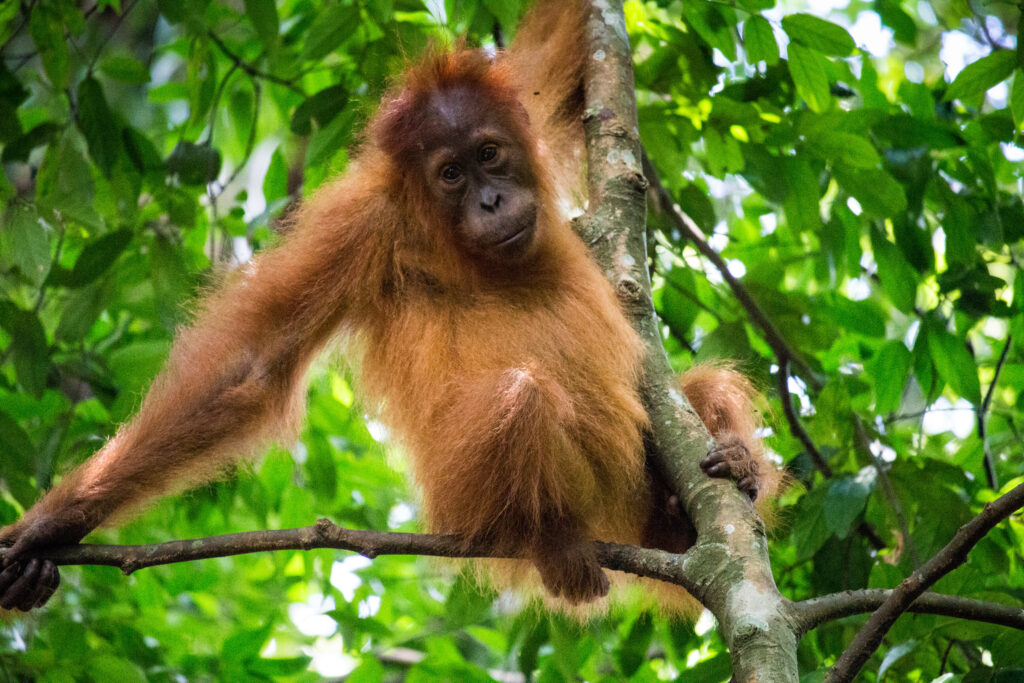
The UN Biodiversity Conference in Montreal in December concluded with a historic deal aimed at stemming the rising tide of extinctions. Nearly 200 countries signed on to the agreement to protect 30% of the Earth’s land and sea by the end of this decade.
Part of the agreement also pledges that countries will reduce fertilizer runoff from farms by 50%, reduce the use of harmful pesticides by 50%, and stem the flow of invasive species.
Of course, all of these promises are only words unless they are backed up by actions and actions cost money. The agreement promises to direct $200 billion a year towards biodiversity by the end of this decade. Wealthy countries were urged to provide $100 billion a year to fund the actions of poorer countries, but they resisted the pressure. Eventually, they did agree to send $30 billion a year to developing countries by 2030.
It is a significant step forward to establish clear targets for stopping biodiversity loss. However, the ultimate success of the pact will depend on the willingness of countries to cooperate and compromise.
According to UN estimates, about a million species across the globe face extinction as a result of rising temperatures, air and water pollution, invasive species, and habitat loss due to development. At present, only 16% of land and 8% of the oceans are within protected areas.
The UN Environment Program stated that “for far too long humanity has paved over, fragmented, over-extracted, and destroyed the natural world on which we all depend. Now is our chance to shore up and strengthen the web of life, so it can carry the full weight of generations to come.”
**********
Web Links
In Historic Deal, Countries Agree to Protect 30 Percent of Earth to Halt Biodiversity Loss
Photo, posted August 13, 2015, courtesy of Andrew H via Flickr.
Earth Wise is a production of WAMC Northeast Public Radio
Leave a Reply